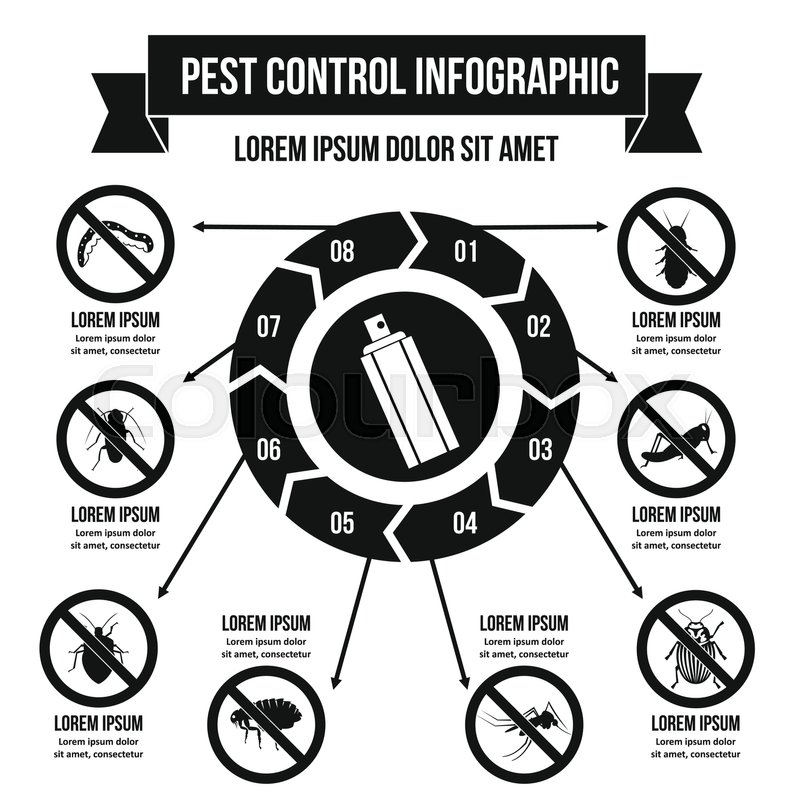Comprehending Rodent Behavior: Professional Insights For Effective Bug Control
Comprehending Rodent Behavior: Professional Insights For Effective Bug Control
Blog Article
Staff Writer-Riddle Levin
Imagine having the ability to prepare for the actions of your challengers in a game of chess, constantly remaining one action in advance.
In the world of bug control, understanding rodent habits resembles having that critical benefit. By gaining go to this site into the nesting practices, feeding patterns, and interaction and social habits of rodents, you can properly battle these pesky creatures.
However exactly how precisely do rodents act, and why is it important to recognize? In this discussion, we will unwind the secrets of rodent behavior, giving you with important expertise that will help you stay in advance in the fight against pests.
Are you prepared to discover the secrets of these shrewd creatures?
Nesting Behaviors
To understand rodent habits and efficiently control pests, it's important to obtain understanding right into their nesting routines.
Rodents, such as mice and rats, have an all-natural impulse to discover sanctuary and produce nests where they feel safe and safe. These nests work as their homes, reproducing premises, and storage space locations for food. Understanding their nesting habits can help you recognize possible locations of infestation and implement targeted control steps.
Rats normally prefer nesting in dark, private areas, such as attics, basements, crawl spaces, and wall gaps. They use products like shredded paper, fabric, insulation, and even chewed-up electric wires to build their nests.
Feeding Patterns
Rats show unique feeding patterns that play a crucial role in their behavior and can notify reliable pest control approaches. Recognizing these patterns is necessary for carrying out successful pest control actions.
Rats are opportunistic feeders, indicating they'll consume whatever food is readily available. They've a preference for high-calorie foods such as grains, nuts, and seeds. This is why appropriate storage space of food and waste administration are critical in avoiding rodent problems.
In addition, rats are nighttime, which indicates they're most active throughout the evening when they look for food. By recognizing their feeding patterns, you can strategically put catches and baits to optimize their performance.
Keeping food sources inaccessible and preserving a clean setting can aid discourage rodents and lessen the threat of infestation.
Communication and Social Habits
Recognizing how rats communicate and communicate socially is essential for reliable bug control approaches. Rodents, like computer mice and rats, have complicated communication systems that they utilize to convey information per various other and coordinate their tasks. Right here are three crucial aspects of rodent communication and social behavior:
1. Vocalizations: Rodents create a variety of vocal noises, including squeaks, tweets, and babbling, to connect with each other. These vocalizations can convey numerous messages, such as threat cautions or mating telephone calls.
2. Scent noting: Rats make use of scent glands to leave chemical signals on things and in their environment. These scent marks function as territorial boundaries and interact info regarding reproductive standing, supremacy, and social affiliation.
3. https://raccoonwasteremoval62839.loginblogin.com/31981959/do-away-with-pests-effortlessly-depend-on-our-pest-control-solutions : Rats have an ordered social structure, with dominant individuals having access to sources and liked nesting sites. Comprehending this pecking order is very important for targeting insect control initiatives and recognizing essential people for removal.
Conclusion
So, there you have it - a brief glimpse into the remarkable globe of rodent habits. By recognizing their nesting habits, feeding patterns, and interaction, we can much better take on the problem of parasite control.
Did you recognize that a women computer mouse can generate approximately 10 clutters per year, with each clutter consisting of around 5-6 puppies? This unbelievable statistic highlights the significance of timely and efficient parasite monitoring to prevent rodent populaces from spiraling unmanageable.
